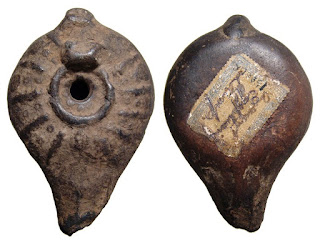An Introduction To Ancient Babylonian Sculptures
The ancient Babylonians were an Akkadian-speaking people who lived in southern Mesopotamia around 1894 B.C. Babylon started as a small town during the age of the Akkadian Empire. It then expanded further under Hammurabi and rose to power. Babylonia was “the country of Akkad” and prospered with Hammurabi as its leader. Assyro-Babylonian culture thrived from the Bronze Age to the Early Iron Age and was characterized by the ethnic, linguistic, and cultural connection between Assyria and Babylonia.
 |
Image source: pinterest.com
|
A big part of the Babylonian culture was its arts and crafts. Due to the huge amount of clay at their disposal (and lack of stone), ancient Babylonians used mudbricks to build. Babylonian, Sumerian, and Assyrian temples built at the time were made primarily of crude bricks. The buttresses were necessary for support and drains for leading away water that could damage structures.
Much of Babylonian sculpture was also made of clay, which led to the creation of more designs for pilasters, columns, frescoes, and tiles. Colored sculptures, though rare, had zinc or gold. But this was used more for constructing structures. Terracotta cones were also sculpted to hold torches.
Image source: pinterest.com
The earliest examples of statues in Babylonia were the Statues of Gudea, that though realistic look hurriedly made. This was in sharp contrast to their meticulous and impressive skill in cutting gemstones.
A family-owned ancient art gallery, Sadigh Gallery in New York City specializes in the handling and selling of ancient art, artifacts, and coins from all over the world. Check out this blog to learn more about human history and ancient relics.



Comments
Post a Comment